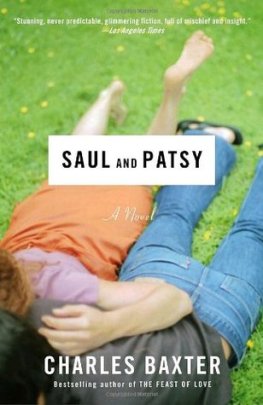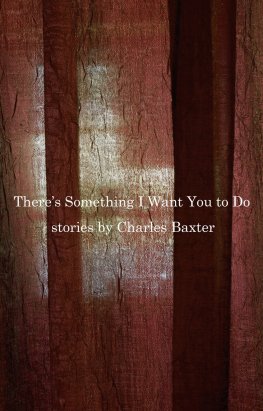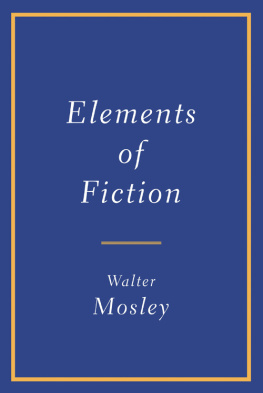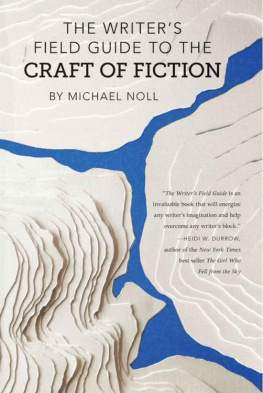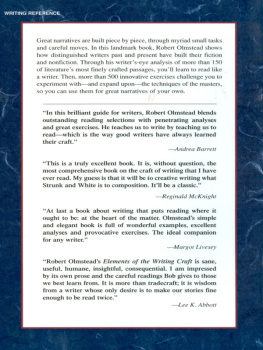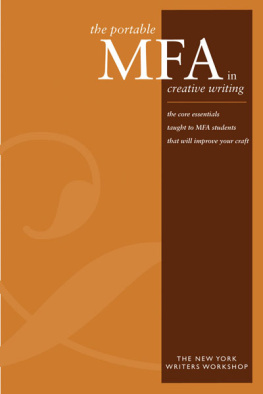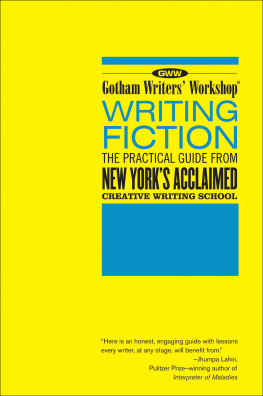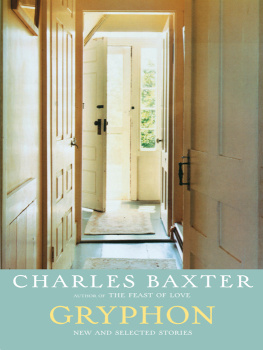
The Art of SERIES
EDITED BY CHARLES BAXTER
The Art of series is a line of books reinvigorating the practice of craft and criticism. Each book is a brief, witty, and useful exploration of fiction, nonfiction, or poetry by a writer impassioned by a singular craft issue. The Art of volumes provide a series of sustained examinations of key, but sometimes neglected, aspects of creative writing by some of contemporary literatures finest practitioners.
The Art of Subtext: Beyond Plot by Charles Baxter
The Art of Time in Memoir: Then, Again by Sven Birkerts
The Art of Intimacy in Fiction: The Space Between by Stacey DErasmo
The Art of Description: World into Word by Mark Doty
The Art of the Poetic Line by James Longenbach
The Art of Daring: Restlessness and Risk by Carl Phillips
The Art of Attention: A Poets Eye by Donald Revell
The Art of Time in Fiction: As Long As It Takes by Joan Silber
The Art of Syntax: Rhythm of Thought, Rhythm of Song by Ellen Bryant Voigt
The Art of Recklessness: Poetry as Assertive Force and Contradiction by Dean Young
THE ART OF
SUBTEXT
BEYOND PLOT
Other Books by Charles Baxter
NOVELS:
Saul and Patsy
The Feast of Love
Shadow Play
First Light
SHORT STORIES:
Gryphon: New and Selected Stories
Believers
A Relative Stranger
Through the Safety Net
Harmony of the World
NONFICTION:
Burning Down the House: Essays on Fiction
POETRY:
Imaginary Paintings
EDITOR:
Sherwood Anderson: Collected Stories
Bringing the Devil to His Knees: The Craft of Fiction and the Writing Life (co-editor Peter Turchi)
A William Maxwell Portrait: Memories and Appreciations (co-editors Michael Collier and Edward Hirsch)
Best New American Voices 2001
Graywolf Forum Three: The Business of Memory
The Art of
SUBTEXT
BEYOND PLOT
Charles Baxter
Graywolf Press
Copyright 2007 by Charles Baxter
Publication of this volume is made possible in part by a grant provided by the Minnesota State Arts Board, through an appropriation by the Minnesota State Legislature; a grant from the Wells Fargo Foundation Minnesota; and a grant from the National Endowment for the Arts, which believes that a great nation deserves great art. Significant support has also been provided by the Bush Foundation; Target; the McKnight Foundation; and other generous contributions from foundations, corporations, and individuals. To these organizations and individuals we offer our heartfelt thanks.
Clara Ueland and Walt McCarthy are pleased to support the Graywolf Press Art of series in honor of Brenda Ueland.
Earlier versions of the essay Inflection and the Breath of Life have appeared in Creating Fiction , ed. Julie Checkoway (Story Press) and Bringing the Devil to His Knees , eds. Charles Baxter and Peter Turchi (University of Michigan Press); and a version of the essay Loss of Face first appeared in The Believer .
Published by Graywolf Press
250 Third Avenue North, Suite 600
Minneapolis, Minnesota 55401
All rights reserved.
www.graywolfpress.org
Published in the United States of America
EBook ISBN 978-1-55597-096-3
Print ISBN 978-1-55597-473-2
6 8 10 12 13 11 9 7
Library of Congress Control Number: 2006938267
Series cover design: Scott Sorenson
Cover art: Scott Sorenson
For my students
THE ART OF
SUBTEXT
BEYOND PLOT
Introduction
This brief book examines those elements that propel readers beyond the plot of a novel or short story into the realm of what haunts the imagination: the implied, the half-visible, and the unspoken. That subterranean realm with its overcharged psychological materials is often designated as the subtext of a story. To discuss subtexts at first appears to be a hopelessly contradictory mission. Its like saying, I am about to show you how to show the unseen. Or: I wish to demonstrate how to think about the unthinkable.
Between stagings and subtexts a bewildering relation seems to exist. Writers must often use a staggering amount of surface bric-a-brac to suggest an indistinct presence underneath that surface. The stronger the presence of the unspoken and unseen, the more gratuitous details seem to be required, a proliferation that signifies a world both solid and haunted. What is displayed evokes what is not displayed, like a party where the guests discuss, at length, those who are not in attendance. In this context the word haunted is probably apt. Our most haunting dreams, no matter how hallucinatory, are the most busily etched. The details themselves signal belief-weight, the gravity of a vision that cant be shrugged offthink of the hyperdetailing in Hieronymus Boschs The Garden of Earthly Delights, to take one example from visual art. That table in a nightmare comes complete with a frightening particularity. Its solidity and substanceits black sheen, its five asymmetrical corners, its immovable weightattest to conviction and a kind of interior truth.
In fiction, the half-visible and the unspokenall those subtextual mattersare evoked when the action and dialogue of the scene angle downward, when by their multiplicity they imply as much as they show. A slippery surface causes you to skid into the subtext.
To take the reader into that critical twilight zone, that landscape haunted by the unseen, I have sought to illustrate the way the subtextthe unspoken soul-matteris evoked in a story by discussing how characters reveal themselves through dramatic placement (The Art of Staging); what subtexts are made of and how theyre brought to the surface (Digging the Subterranean); how fiction writers pay attention to the way people no longer pay attention (Unheard Melodies); how inflections take us, by means of tonal shifts, out of the literal and into the metaphorical and the suggestive (Inflection and the Breath of Life); how characters lose their surface-level self-possession (Creating a Scene); and, finally, how the face serves as a semi-reliable guide to those subsurface feelings whenever the mask appears to fall, or to fail (Loss of Face). Writers on the lookout for practical advice might find these examples suggestive, or, with luck, inspiring.
For the most part, Ive chosen examples from fiction with which most readers should be familiar. And my critical approach has a certain retro quality here and there. In my earlier book of critical essays, Burning Down the House, I was eager to reintroduce an element of performative drama into criticismcriticism, the dreariest of the artsby means of unsubstantiated generalizations and half-legitimated claims asserted at high volume. Here it seemed best to perform a few close readings, acting out the role of the critic-as-sleuth. The close readings seemed unavoidable in a discussion of texts haunted by their subtexts. Think of these essays, then, as the reports of a private investigator, examining a few stories with a magnifying glass, looking for the secret panel, the hidden stairway, the lovingly concealed dungeon, and the ghosts moaning from beneath the floor.




